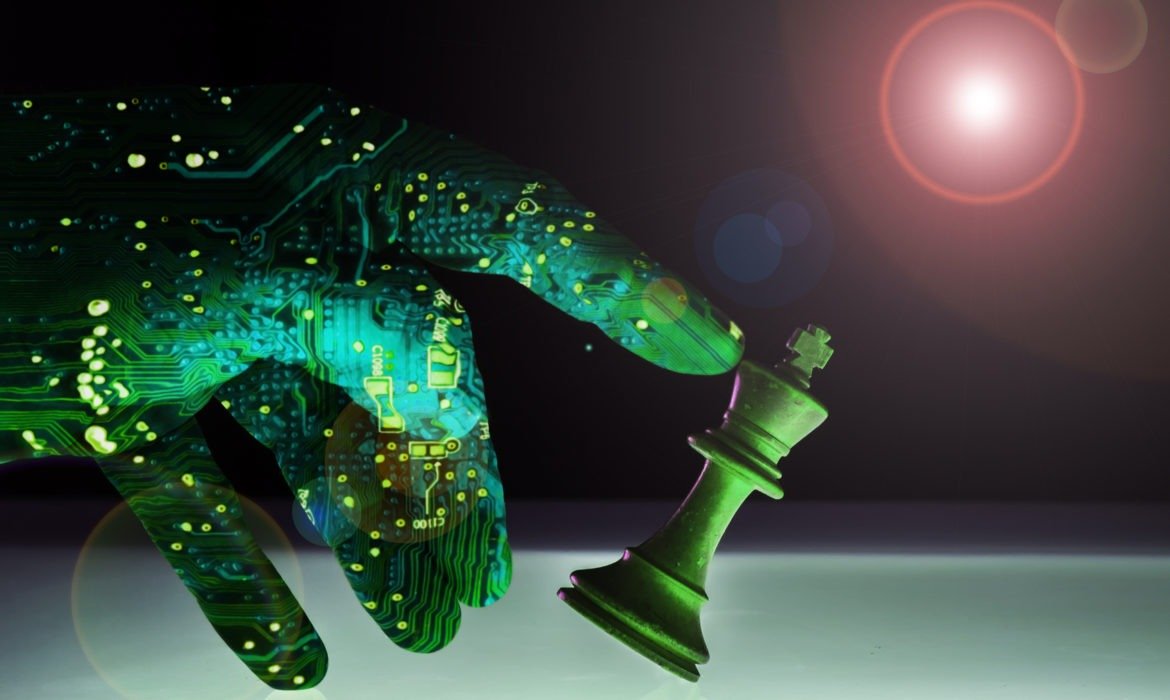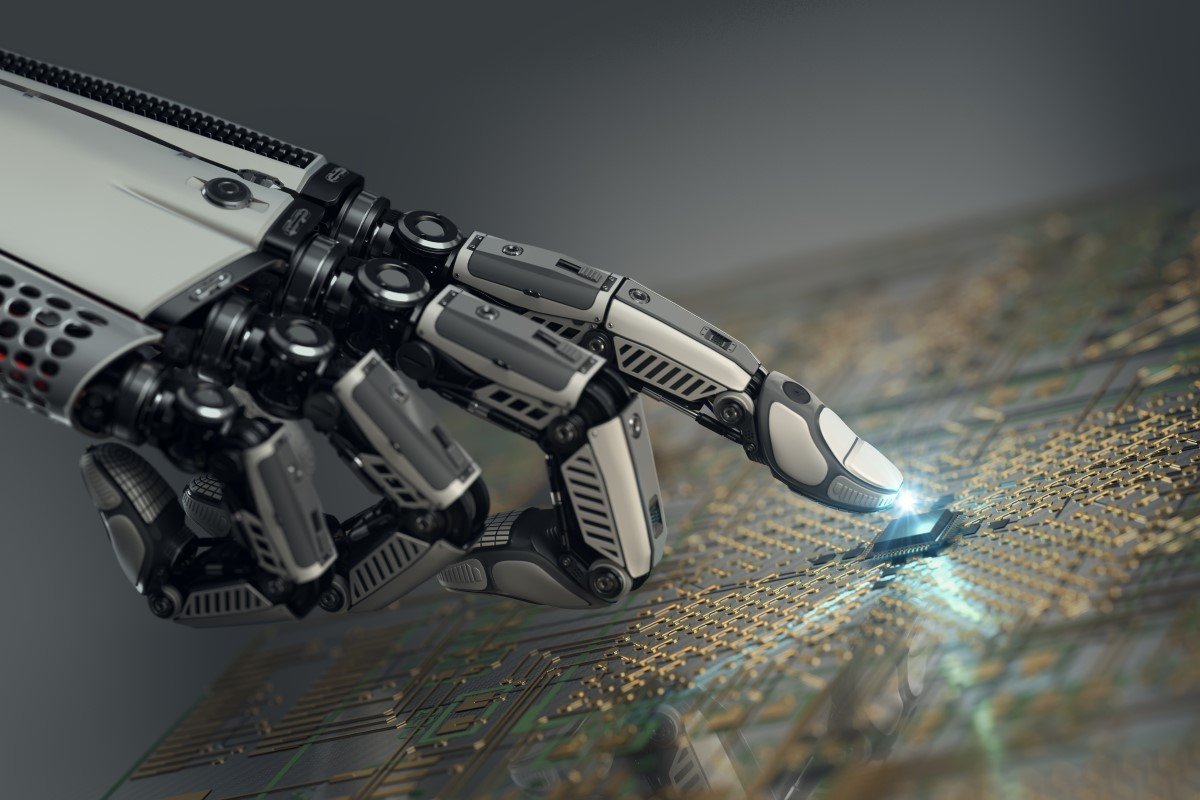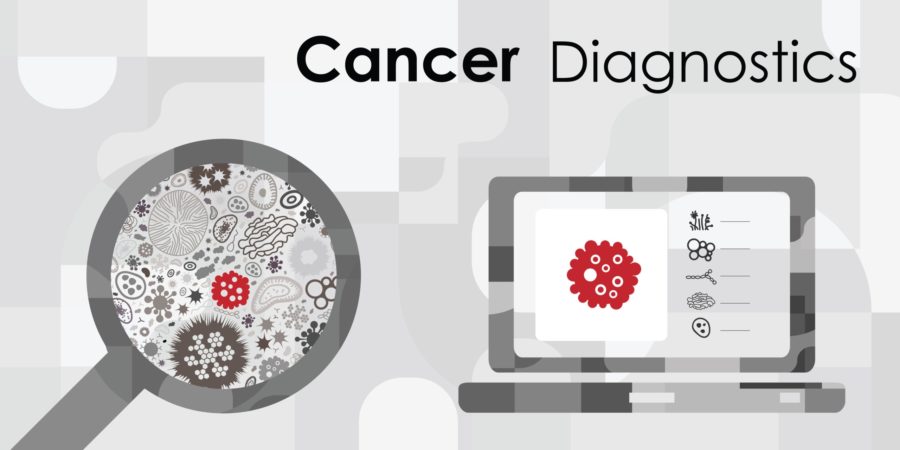In 1997, Deep Blue defeated the world chess champion, Garry Kasparov. Thus, it seemed that artificial intelligence had finally arrived. A computer had taken down one of the top chess players of all time. Nevertheless, this arrival did not, in fact, take place.
Deep Blue was meticulously programmed from top to bottom to play chess. However, the approach was too labor-intensive. Moreover, it was also dependent on bounded possibilities and transparent rules to succeed in more complex games, let alone in the real world. The next revolution would take a decade and a half, when vastly more data revived machine learning and computing power, an old idea in artificial intelligence just waiting for the world to catch up.
This was done mostly by way of a family of algorithms called deep learning. Today, machine learning dominates. Meanwhile, symbolic artificial intelligence, the dominant approach in Deep Blue’s day. has faded into the background.
Deep learning’s critical success is the fact that the algorithms write themselves. It learns from experience, given some high-level programming and a dataset. No engineer is anticipating every possibility in code. Nevertheless, the algorithms figure it out.
Alphabet’s DeepMind takes this automation further by developing deep learning algorithms. Those algorithms can handle programming tasks which have been, to date, the sole domain of the top computer scientists of the world.
Recently, a paper had been published on the pre-print server arXiv. The Team at DeepMind described a new deep reinforcement algorithm that was able to discover its value function – a critical programming rule in deep reinforcement learning – from scratch.
Deep Mind
The algorithm was effective beyond the simple environments it had been training in. It went on to play Atari games later on. This was a different and more complicated task, at least at that time. It was competitive with human-designed algorithms and was achieving superhuman levels of play in 14 games.
DeepMind said that the approach could accelerate the development of reinforcement learning algorithms. Moreover, it can lead to a shift in focus on AI research. Thus, there instead of spending years writing the algorithms themselves, researchers work on perfecting the environments in which they train.
The three primary deep learning approaches are reinforcement, and supervised and unsupervised learning.
The unsupervised and supervised learning consume a considerable amount of data (like articles and images) and look for patterns in said data. Moreover, they use those patterns to inform their actions (like identifying a picture of a dog). For us, this is a strange way to learn how the world is. It isn’t exciting to review millions of dog images. It would take us years or more to do what those programs do in hours or days.
Reinforcement learning is a bit more biological, while unsupervised and supervised deep learning emphasizes the machine in machine learning. We predict which will be most rewarding based on experience, confronted with several actions, weighing the pleasure of eating a chocolate chip cookie against avoiding a cavity and trip to the dentist.
Algorithms go through a similar process as they act in deep reinforcement learning. For instance, in the Atari game Breakout, a player guides a paddle to bounce the ball at a ceiling of bricks.
















